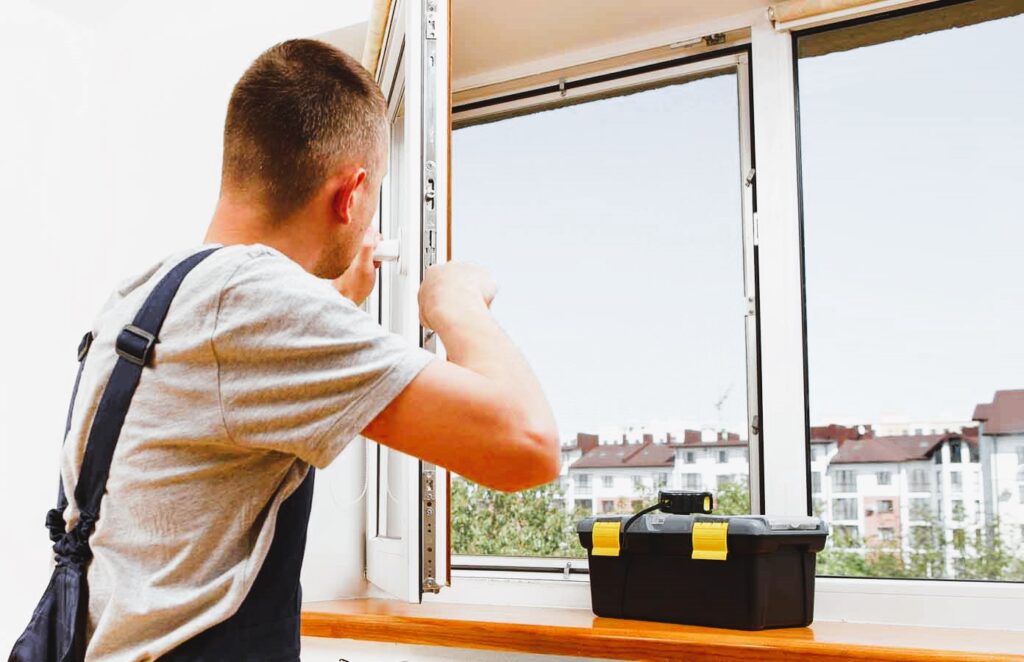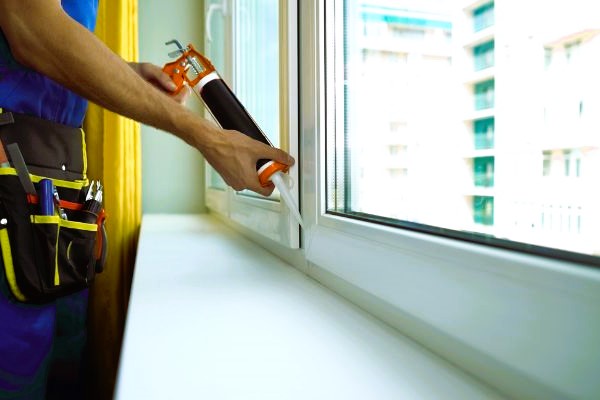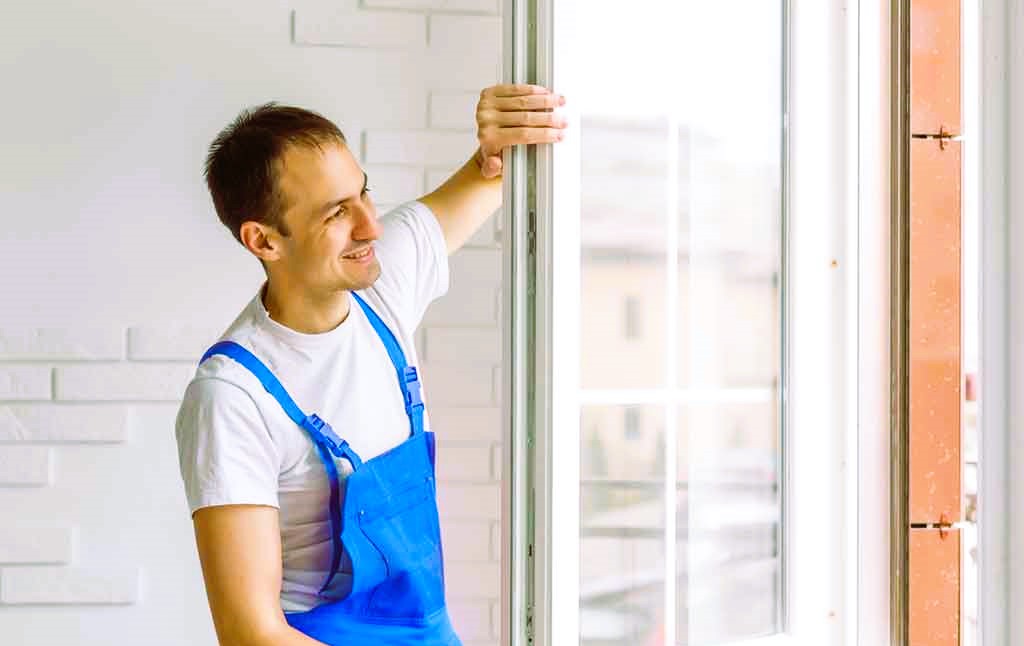Installing eco-friendly windows is an excellent investment that can significantly improve energy efficiency, reduce carbon footprint, and enhance indoor comfort in your home or commercial building. However, embarking on a window installation project may seem daunting, especially if you are uncertain about the process and what to expect. In this article, we will guide you through the eco-friendly window installation process, from initial planning to the final result, to help you make informed decisions and achieve a successful and sustainable installation.
1. Pre-Installation Assessment:
Before starting the installation process, a pre-installation assessment is conducted to determine the specific requirements of your project. A professional window installer will visit your property to assess the existing windows, take measurements, and evaluate the energy efficiency needs. This step allows the installer to recommend suitable eco-friendly window options that meet your preferences and budget.
2. Window Selection:

Based on the pre-installation assessment, you will work with the window installer to select the most appropriate eco-friendly window options for your property. Consider factors such as window types (double-hung, casement, sliding, etc.), materials (vinyl, wood, fiberglass, etc.), glazing options, and additional features like Low-E coatings or gas fills. The goal is to find windows that offer optimal energy efficiency and complement the aesthetics of your building.
3. Measurement and Customization:
Precise measurements of the window openings are crucial to ensure a proper fit during installation. The installer will measure each window opening, considering any variations in size and shape. If custom-sized windows are required to fit unique openings, the window manufacturer will tailor the windows to these specifications.
4. Removing Existing Windows:
If you are replacing old windows, the next step is to remove the existing windows carefully. The installer will take precautions to avoid damage to the surrounding structure and ensure safe removal. If your building has historical or heritage windows, preservation techniques may be employed to maintain their integrity during removal. Eco-friendly windows for coastal real estate, learn more here.
5. Proper Insulation and Weatherproofing:
To maximize energy efficiency, the window installer will focus on proper insulation and weatherproofing during installation. Insulating materials, such as expanding foam, may be used to seal gaps between the window frame and the wall, reducing air leakage and heat transfer.
6. Installation of Eco-Friendly Windows:
With the proper preparation complete, the eco-friendly windows are ready for installation. The installer will carefully position and secure each window in its designated opening, ensuring a snug fit. Special attention is paid to aligning the window sashes, checking for smooth operation, and ensuring that the windows close and lock properly.
7. Post-Installation Inspection:
After installation, the window installer will conduct a thorough inspection to verify that all windows are correctly installed, functional, and free from defects. The installer will also check for any additional adjustments or fine-tuning required to achieve optimal performance.
8. Cleanup and Disposal:
As the installation process concludes, the installer will clean the work area and remove any debris or old window materials. If applicable, the old windows will be properly disposed of following local waste disposal regulations.
9. Final Inspection and Maintenance Guidelines:
Before concluding the project, the installer will perform a final inspection to ensure that every detail is in order. They will provide you with maintenance guidelines to prolong the life and performance of your eco-friendly windows, including cleaning instructions and recommended maintenance schedules.

Standardization and Quality Assurance:
The installation process of eco-friendly windows is supported by standardization organizations, such as Canada.ca, which provide guidelines for sustainable building practices. Adherence to these standards ensures that the installation meets industry best practices and achieves the desired energy efficiency and performance.
Conclusion:
The eco-friendly window installation process is a well-planned and structured journey from the initial assessment to the final inspection. By selecting suitable eco-friendly window options, precise measurements, and skilled installation, you can enjoy the benefits of improved energy efficiency, reduced environmental impact, and enhanced indoor comfort. Standardization organizations play a crucial role in guiding sustainable installation practices, ensuring that your eco-friendly windows deliver the desired results for years to come.

